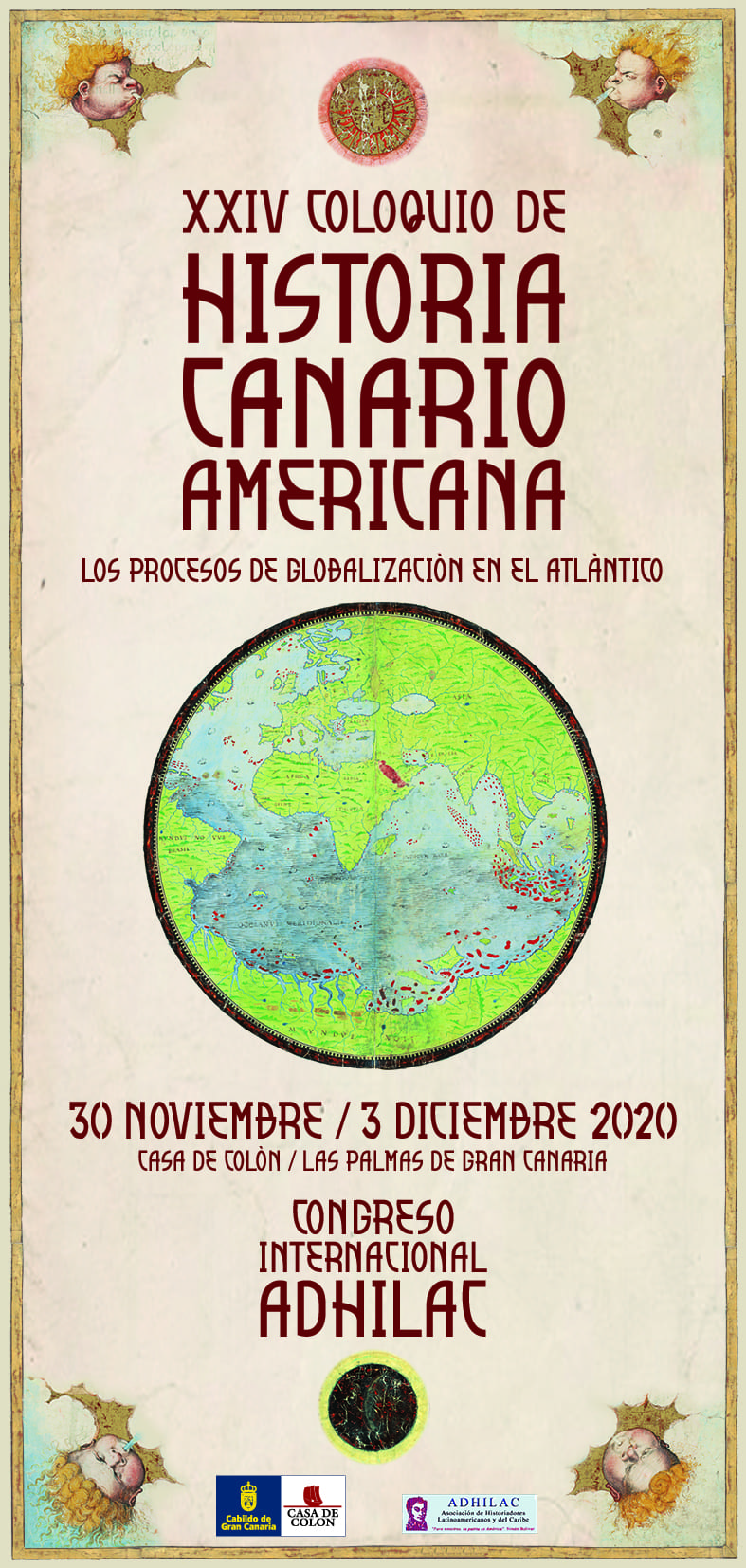Melancolía y tristeza. El doliente como motivo artístico a través de los tiempos. Del Cristo de la Humildad y Paciencia al Gran Poder de Dios
Melancholy and Sadness. The mourner as an artistic motif over time. From the Christ of Humility and Patience to the Jesús of the Great Power
Resumen
El tema de la Melancolía en el Arte siempre ha suscitado un interés que ha ido in crescendo, siglo tras siglo, por su especial atractivo. La representación más conocida de esta figura fue la grabada por Alberto Durero en 1514, que en cierto sentido supondría el detonante de su expansión iconográfica. Pero, el modelo más socorrido es el que alrededor de los siglos XV y XVI se extendió por Europa, y más tarde por América, popularmente denominado Cristo de la Humildad y Paciencia. En el siglo XVIII esta devoción sufrió una transformación y pasó a llamarse Gran Poder de Dios, al menos en Canarias.
The Melancholytopic in Art History has always aroused interest. The best well known representatios was a 1514 engraving by Albrecht Dürer entitled «Melencolia I». This work of art the type of creation spread during fifteenth and sixteenth centuries around Europe,and later on in America. It was known as the Christ of Humility and Patience, but during the eighteenth century was renamed as the Jesus of the Great Power, at least in the Canary Islands.




